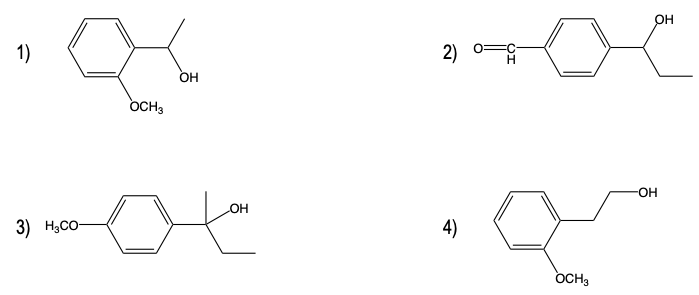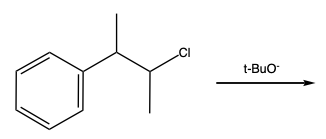Hey, everyone. So in this video, let's take a look at SN1 E1 reactions of benzylic compounds. Here, we're going to say that Carbocation Intermediate Formation is the rate-determining step. And we're going to say that benzylic carbocations form faster than their non-benzylic counterparts. So, if we take a look here, we'll talk about the alkyl carbocation versus our benzylic carbocation.
Now, remember that alkyl carbocations are stabilized by hyperconjugation, but benzylic carbocations are stabilized by resonance. If we take a look here, we have in the very first part, a Tertiary Alkyl Halide. Remember, tertiary alkyl halides can undergo SN1 more readily. What's going to happen here is that chlorine is more electronegative, so when it leaves, it takes the electrons and the bonds with it, leaving behind a positively charged carbon. So here we have a tertiary carbocation.
We could talk about its relative rate as being equal to 1. Here, we not only have a tertiary alkyl halide but more specifically a tertiary benzylic carbocation. It too can leave with the electrons and give us a carbocation. But here, it's a tertiary benzylic carbocation. Here, its relative rate would be approximately 620.
We can see that it's many more magnitudes faster than a typical tertiary alkyl halide. So this shows that benzylic carbocations are more easily made because of resonance. Now we're going to say ortho and para substituents that act as electron-donating groups. They're going to speed up SN1 rates at benzylic positions. Remember, our electron-donating groups, these are the groups that are attached to benzene rings.
And through either inductive effect or resonance effect, they can give electron energy to the benzene ring further activating them. Here, this has a speeding up effect on SN1 rates. Now, here are electron-donating groups. We have a nitrogen with a lone pair or oxygen with lone pairs. Here, we have a nitrogen with a lone pair, but because it's next to a carbonyl, it's not quite as activating.
And then finally, we have alkyl groups or carbon groups. They are donating through inductive effect instead of resonance effect like the ones above it. But all of them can help to speed up our SN1 rates when it comes to these benzylic positions. Alright. So just keep this in mind.
Our benzylic carbocations can more easily be formed which helps to speed up the process.








